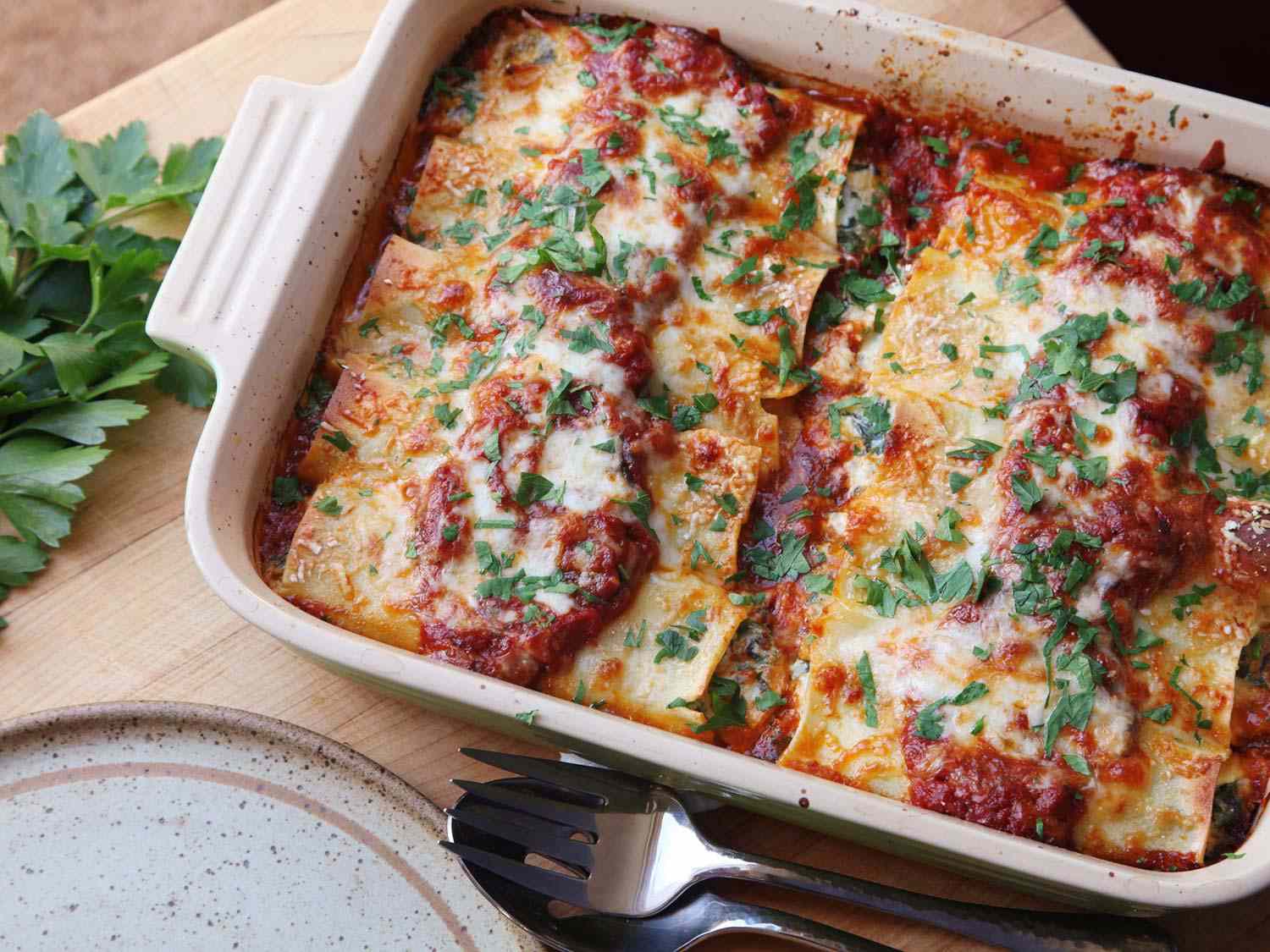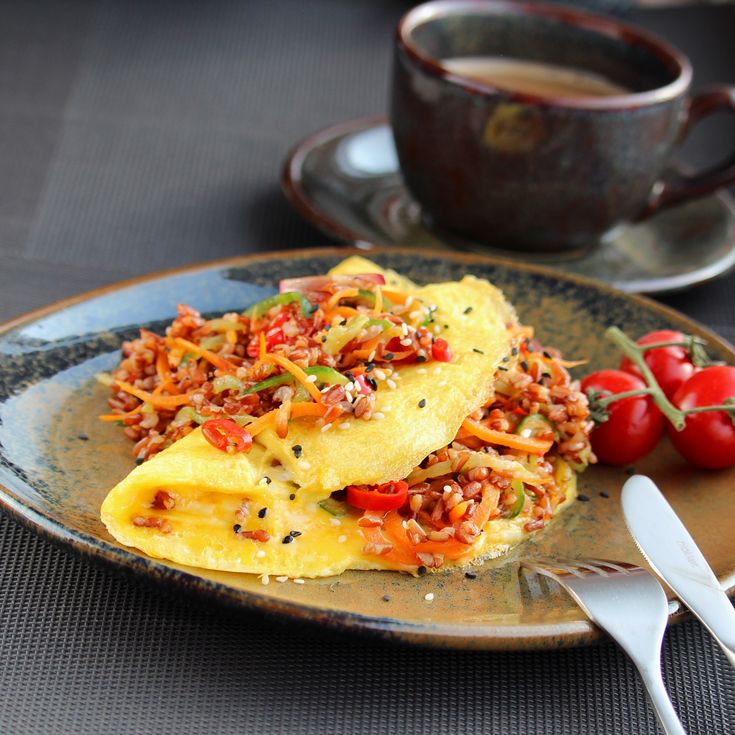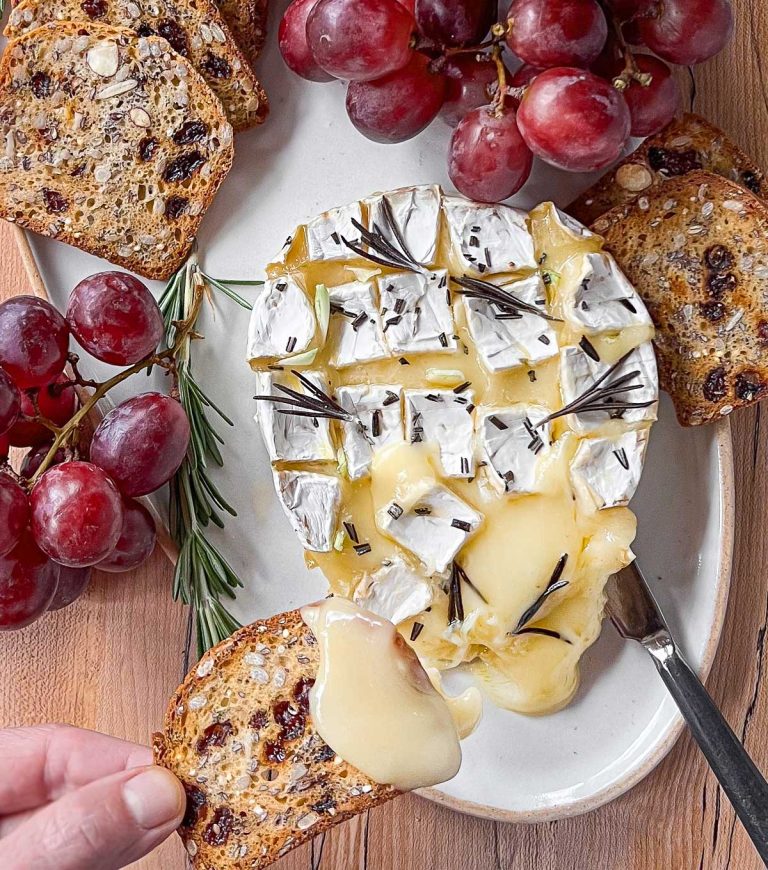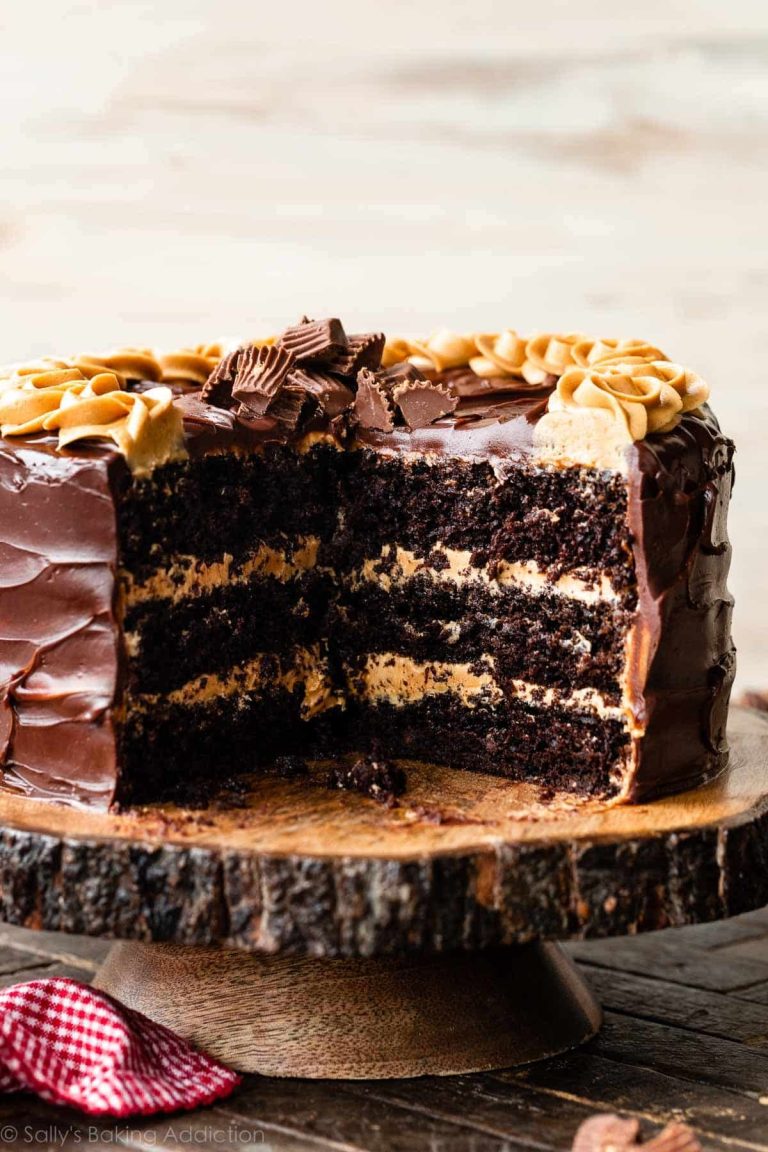Manicotti Shells: History, Cooking Tips, and Delicious Filling Ideas
Manicotti shells are large, tubular pasta traditionally used in Italian cuisine. These shells are typically about 4 inches long and 1 inch in diameter. Manicotti means “little sleeves” in Italian, aptly describing the pasta’s hollow shape. You can fill them with ingredients like ricotta cheese, spinach, or a meat mixture. Baking the shells enhances their flavor as the fillings are complemented by sauces and melted cheese, creating a hearty and satisfying dish.
History and Origin
Manicotti shells, stemming from traditional Italian culinary practices, have a rich history connected to the broader family of stuffed pasta dishes. The concept of filled pasta dates back to ancient Italy, where cooks experimented with stuffing pasta sheets with various fillings. Although specific origins of manicotti are hard to pinpoint, they’ve evolved from Italian regions renowned for their filled pasta dishes, such as lasagna and cannelloni. Predominantly popular in Southern Italy, manicotti made its way to the United States with Italian immigrants. As you enjoy this classic dish, you’re partaking in a centuries-old tradition cherished by many.
Types of Manicotti Shells
Traditional vs. Gluten-Free Variations
Traditional manicotti shells, made from semolina flour and water, offer a classic taste and texture that pairs well with various fillings and sauces. These shells cook to a perfect al dente, providing a sturdy vessel for cheese, meat, or vegetable fillings.
Gluten-free variations cater to those with dietary restrictions, using alternative flours like rice, corn, or a blend of gluten-free flours. These shells maintain a similar shape and function, though slightly differ in texture. Brands such as Barilla and Jovial offer gluten-free manicotti shells, ensuring everyone can enjoy this beloved dish.
Size Variations
Manicotti shells come in different sizes to accommodate various recipes and serving preferences. Standard-sized shells, typically 4 inches long and 1 inch in diameter, hold ample filling for a rich, satisfying bite.
Mini manicotti shells, about 2 inches long, are ideal for appetizers or smaller portions, allowing for creative plating and diverse fillings. Large manicotti shells, reaching up to 6 inches, provide a grander presentation, perfect for hearty meals and special occasions.
No matter the size, manicotti shells enhance traditional and contemporary Italian dishes, enriching your culinary experience.
Preparing Manicotti Shells
Cooking Tips for Perfect Manicotti
Boil manicotti shells for 7-8 minutes to achieve an al dente texture. Use a large pot with plenty of salted water to prevent sticking. Stir gently to avoid breakage. Drain and rinse under cold water to stop cooking and make them easier to handle. Lay the shells separately on a baking sheet to maintain their shape.
Key Points:
- Boiling Time: 7-8 minutes
- Water: Plenty of salted water
- Handling: Stir gently, drain, and rinse under cold water
- Alignment: Lay separately on a baking sheet
Common Filling Ideas
Stuff manicotti shells with a variety of fillings to suit different tastes and dietary preferences. Popular options include ricotta cheese mixed with spinach, ground beef with marinara sauce, or a blend of Italian cheeses.
- Ricotta and Spinach: Combine ricotta cheese with cooked spinach, garlic, and nutmeg
- Ground Beef: Mix cooked ground beef with marinara sauce and mozzarella cheese
- Three Cheese Blend: Use a combination of ricotta, mozzarella, and Parmesan
Pairing Sauces With Manicotti
Classic Tomato Sauce
Classic tomato sauce complements manicotti, enhancing its rich flavors. Made from tomatoes, garlic, olive oil, and basil, this sauce brings a fresh, tangy profile to your dish. When pairing with ricotta or spinach fillings, the acidity of the tomatoes cuts through the creaminess, creating a balanced taste experience. Add some red pepper flakes for heat if you prefer a spicier version. A well-made tomato sauce binds the ingredients, ensuring each bite is flavorful and cohesive.
Creamy Bechamel Sauce
Creamy bechamel sauce offers a luxurious touch to manicotti. This sauce consists of butter, flour, and milk, resulting in a rich, velvety texture. With its mild flavor, bechamel provides a creamy counterpoint to savory fillings like ground beef or three-cheese blends. You can enhance the sauce with nutmeg or a sprinkle of cheese for added depth. The smoothness of bechamel ensures a comforting, indulgent dish that delights the palate.
Conclusion
Manicotti shells offer endless possibilities for creating delicious and satisfying meals. Whether you prefer a classic ricotta and spinach filling or a savory ground beef mixture, there’s a combination to suit every palate. Pairing these fillings with the right sauce can elevate your dish, making it a true Italian delight. With a few simple tips and a bit of creativity, you can master the art of cooking manicotti and impress your family and friends with an authentic, flavorful meal. Dive into the world of manicotti and enjoy the rich culinary tradition it brings to your table.






